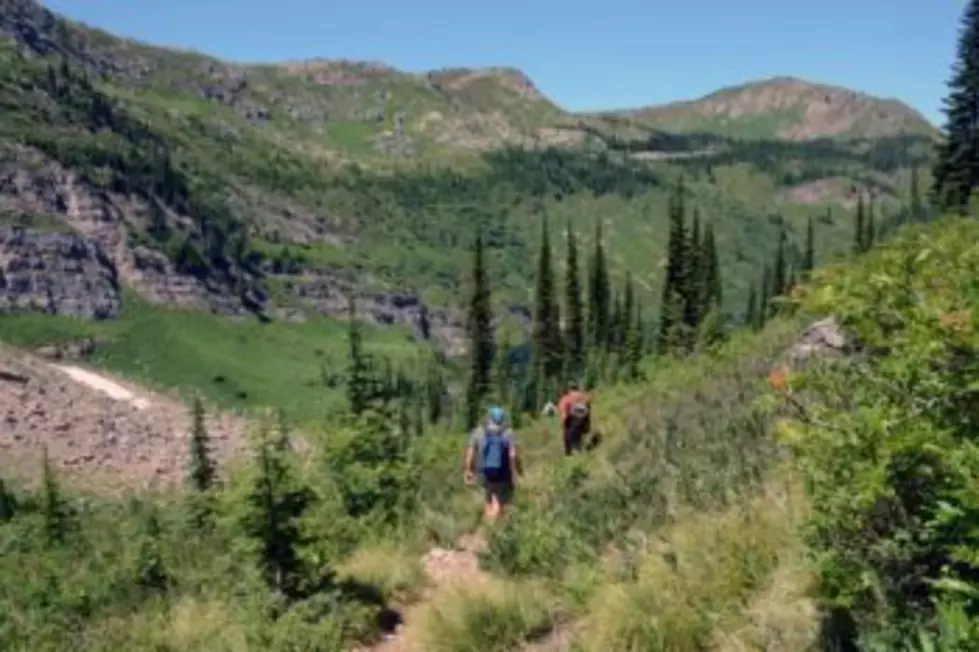
BLM has a chance to increase land protections and push back against climate change
The largest piece of America’s incredible wealth of public lands is the 250 million acres overseen by the Bureau of Land Management (BLM). In fact, the BLM manages 1 in 10 acres of surface area in the U.S., and 30% of the minerals.
Now, the Biden administration has an unprecedented opportunity to increase BLM protections for important wildlife habitat, Indigenous peoples’ ancestral lands, watersheds, and ecosystems that can help lessen the impacts of climate change. Such conservation would also carry benefits for the many local communities around BLM lands that rely on outdoor recreation and related tourism.
The rationale for improving conservation of BLM lands fits squarely within President Joe Biden’s goal to protect 30% of the nation’s lands and waters by 2030 to combat climate change and sustain biodiversity.
Success in meeting this so-called 30 by 30 goal hinges directly on BLM decisions. The diverse landscapes under the agency’s management include Indigenous homelands from Alaska to New Mexico, biologically important sagebrush ecosystems from Oregon to Montana, the redwood stands of northwest California, the vast boreal forests of Interior Alaska, the red rock country of the Colorado Plateau, and the Mojave, Sonoran, and Chihuahuan deserts along our southern border.
Under its mandate, the BLM manages land for multiple uses—conservation, recreation, development, and sustained yield—and land historically has been extensively grazed and mined for oil, gas, and minerals. In 1976, the Federal Land Policy and Management Act (FLPMA) required that the BLM undertake regional planning for lands that the agency manages to align its goals with the public interest. The law required the agency to prioritize areas of critical environmental concern (ACEC) and to identify and conserve these areas in the planning process.
ACEC lands are those where special management attention is needed to protect areas with historical, cultural, and scenic values; vulnerable habitat and wildlife; or other natural resources. This conservation can also benefit watersheds and drinking water sources for millions of Americans.
Unfortunately, 45 years after enactment of FLPMA, the BLM has designated some ACECs but still hasn’t met its mandate to create regulations that would ensure consistent application of the ACEC designation. As a result, although some 20 million acres have been designated as ACECs in planning processes, their management is wildly inconsistent across the BLM’s field offices, and in many cases, these landmark places are provided no substantive protection. The lack of regulatory guidance has also resulted in the arbitrary elimination of ACECs across the BLM domain.
By consistently identifying and managing ACECs, the BLM can better ensure the durability of these designations and advance the Biden administration’s 30-by-30 ambitions. Recognizing the critical role that ACECs can play in protecting lands to which Indigenous tribes have been connected for millennia, the Affiliated Tribes of Northwest Indians adopted a resolution asking the BLM to conduct a rule-making to ensure that ACECs are a priority within the agency’s land management planning processes. Individual tribes have agreed, sending five separate letters to the agency to request a rule-making.
As the nation’s largest land manager, the BLM should take a leadership role in 30-by-30 efforts, particularly because fewer than one-fifth of the lands under the agency’s jurisdiction are designated for conservation. ACECs can be an important tool for the agency to advance conservation on public lands, but only if this designation is applied consistently, meaningfully, and with durability.
To achieve that, the BLM should develop a rule to establish standards for ACEC identification, designation, and management. That would go a long way toward getting the most benefit—for nature and for current and future generations—from America’s public lands.
This story was originally written and produced as part of Pew Charitable Trusts’ Stateline News.
